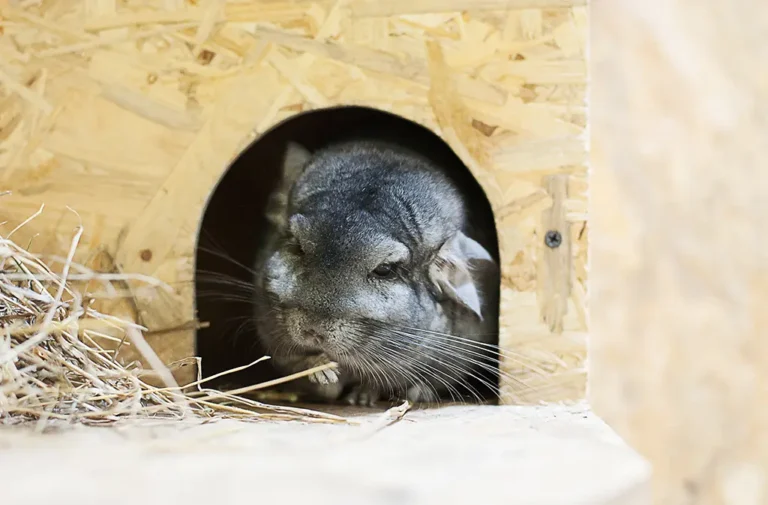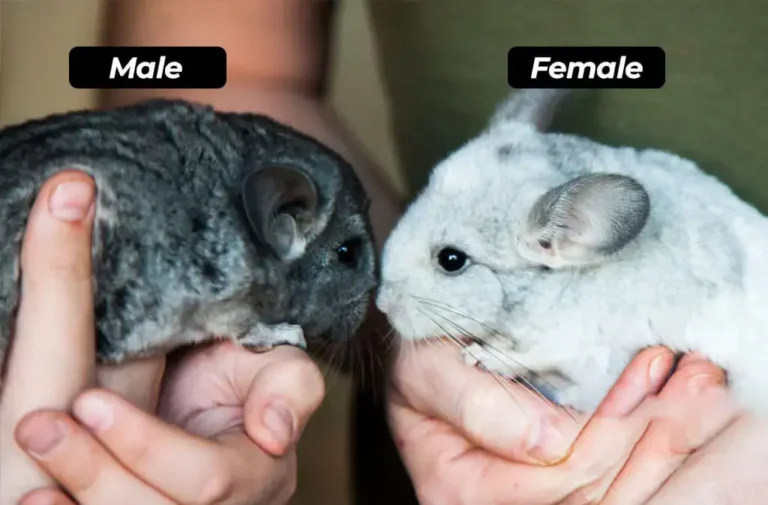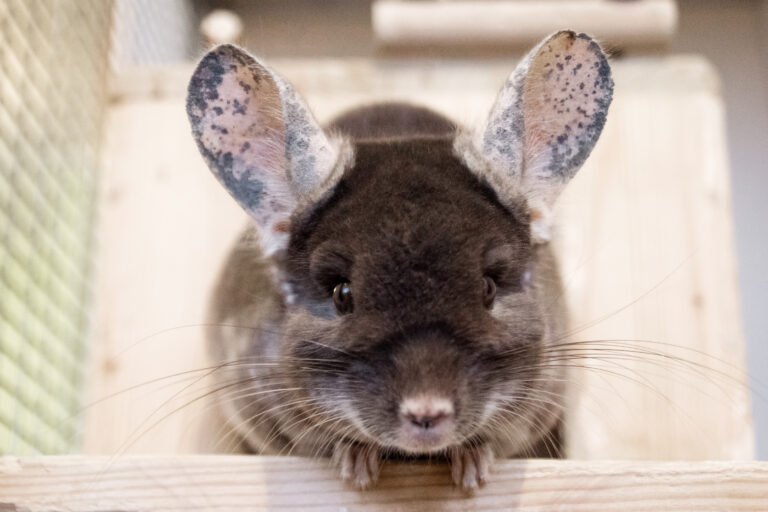How do chinchillas survive in the wild?

Chinchillas are notable rodents because of their unique appearance and playful nature. They live in the Andes mountains of South America, where they face continuous temperature fluctuation. Despite the fear of predators and environmental changes, they have developed a strategic approach, tactics, and adaptation to survive in their wild habitat. These rodents are now enlisted in the endangered species because of hunting. Besides this, their social behavior, reproductive strategy, dietary habits, and social behavior help them survive in the wild. Let’s look at how these creatures survive in their wild habitat.
Natural Habitat
Chinchillas survive in the wild because they are energetic and agile. They have survived in challenging environments for decades. Their natural habitat is the high-altitude Andes Mountains of South America. Surviving in such a habitat of temperature fluctuation helped them in their thermal regulation mechanism.
Besides this, their denser and thicker fur has proved very beneficial for them, helping them survive temperature fluctuations. The secret of their survival in such an environment is the rocky mountains of their habitat, which allow them to hide from predators. There is no doubt that these creatures face several difficulties in their natural habitat, such as predators, food shortages, and climate change. Still, they have adapted themselves according to their habitat.
Learn More: Weak Chinchilla
Physical Appearance
Chinchillas survive in the wild because of their unique physical adaptation that helps them survive in challenging environments. They have denser and thicker fur that can provide insulation against temperature deviation. They shed their fur in clumps whenever a predator grabs it. Besides this, they can run and move quickly to hunt food and evade predators. Their large hind feet can jump up to 6 feet, protecting them from danger. They are known because of their ability of excellent hearing, vision, quick movement, and agility. They instantly detect the unusual sounds and alert the mates about danger.
Social Attitude
These rodents love socialization. In their wild habitat, they are found in colonies or herds. Living in colonies benefits such creatures primarily. They can detect the sound of danger more quickly and keep themselves safe by hiding out. They also had a chance of collective burrowing, providing them a secure space to breed, rest, and avoid predators.

Foraging And Food
Chinchillas survive in the wild because they are herbivores and feed on grass, leaves, seeds, and nuts, but sometimes, they show opportunistic feeding by feeding insects and bird eggs to
supplement their dietary needs. They can digest high-fiber food, and their sharp teeth gnaw plant materials quickly. Foraging is the daily routine of these crepuscular rodents. They generally forage during dusk and dawn, with minimum chances of predators. Such feeding habits of these little wild creatures fulfill their nutritious and dietary needs.
Avoidance & Defensive Approach
These fluffy companions adapt different defensive techniques to survive in their natural surroundings. As they are crepuscular, they become active during the night and forage at these hours when the chances of danger are minimal. Their big, rounded ears and eyes can detect danger and alert their mates by producing different sounds, such as high-pitched squeaking with swishing tails. They have a natural defensive approach to fur slip that protects them from danger. Their excellent jumping ability and agility help them to evade quickly and hide in a safe place.
Wrapping Up!
Wild chinchillas are curious and playful rodents whose native habitat is South America. In their natural environment, they face several challenges for survival, but in addition to these difficulties, they have adapted to this habitat. They face continuous temperature fluctuation, but thanks to their dense fur that keeps them insulted, their big ears and eyes detect danger on time, the foraging ability of these rodents helps to fulfill their nutritious needs, and their jumping ability allows them to evade predators. These characteristics help chinchillas survive in the wild.
FAQS!
These rodents are fast runners that can run up to 15mph.
Because of their long hind feet, they can jump over 6 feet in the air, which helps them avoid predators.
They require hay and grass to function properly. In their natural habitat, they feed on high-fiber shrubs, bushes, herbs, and berries.
Yes, they are good pets for adults, but not for children. They are cute little buddies that can live up to 10-20 years. Therefore, an adult can take care of them for such a long time.





















